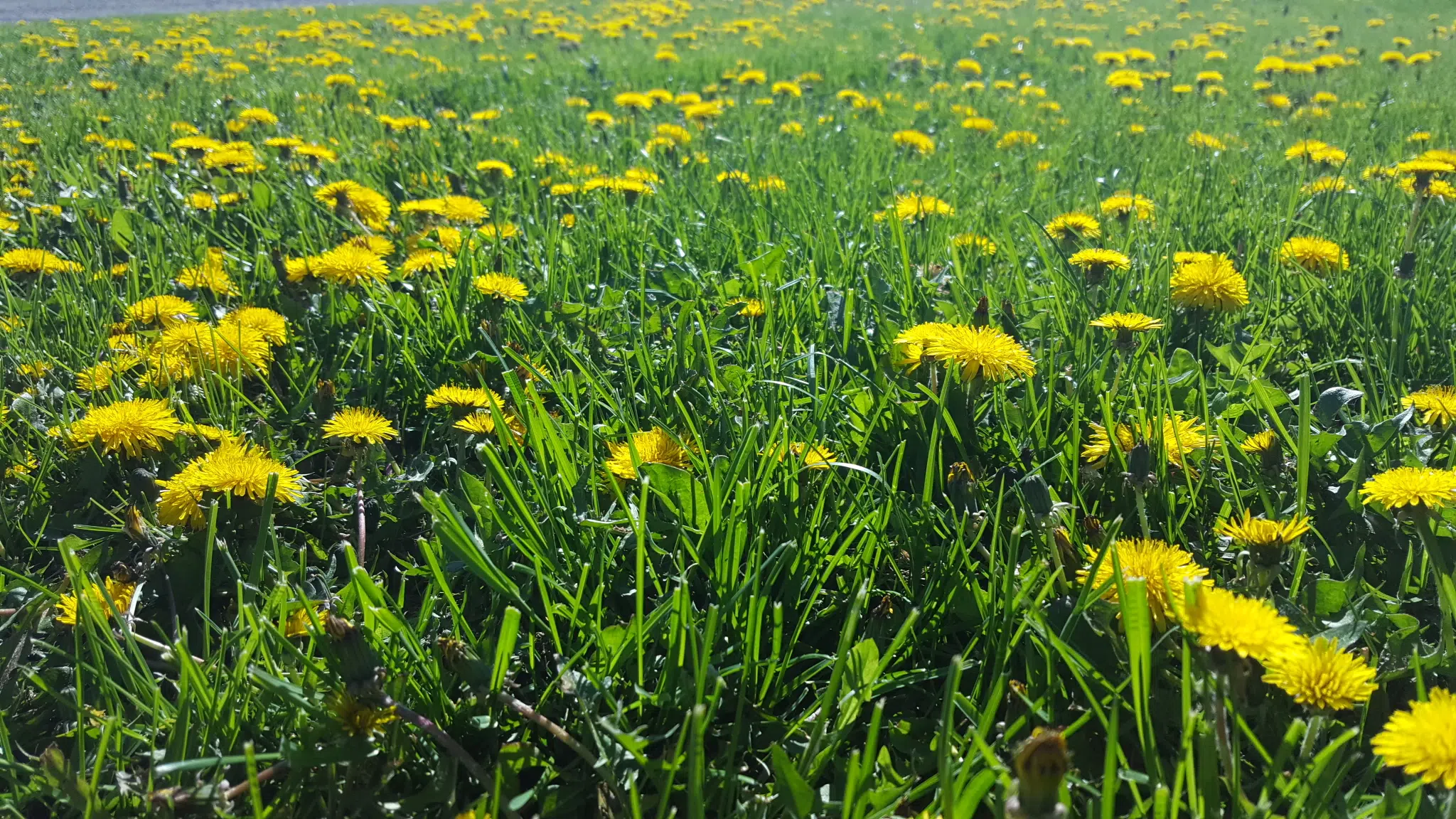
GINTA: In defense of spring and wildflowers
In defense of spring and wildflowers
By Daniela Ginta
It is finally here. The warmth we’ve all been looking forward to after a long-drawn winter. Hills are dressed in emerald green, and peppered with abundant bunches of arrowleaf balsamroot flowers. More wildflowers emerge every day. It’s the kind of show you can find yourself a perpetual awed spectator to, dizzy with wonder and surprise. Delicate shooting stars, deep blue larkspur looking like tiny wizard hats, buttercups, the omnipresent but nonetheless beautiful dandelion, and so many others I have yet to identify.
Nature’s way of making up for the in between season when everything is dry and colours fade, and the trails are lined with a sensible number of cacti but not much else. Make no mistake though, they will blossom too: a most spectacular visual treat we got to indulge in during our first spring in Kamloops.


